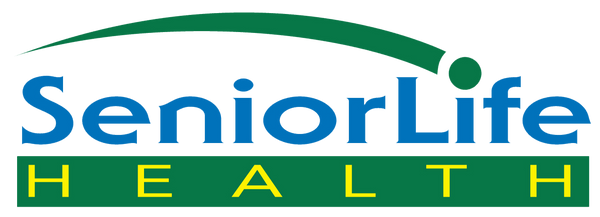The Skinny on Trans

Trans Fat can be found in vegetable shortenings, many margarines, snack foods such as crackers and cookies, as well as other foods that were either made with or fried in partially hydrogenated oils. Trans fat is formed when liquid oils are turned into solid fats like shortenings or hard margarine. A small amount of trans fat is found naturally, mostly in some animal-based foods. Basically, trans fat is made when hydrogen is added to vegetable oil, the process known as hydrogenation. Hydrogenation helps to increase the shelf life and stabilizes the flavor of foods which contain these fats.
Trans fat, as well as saturated fat and dietary cholesterol raises the LDL (or "bad") cholesterol that increases your risk for a variety of health dangers. Americans on average consume 4 to 5 times as much saturated fat as trans fat in their diet.
And while saturated fat is the main dietary offender that raises LDL, trans fat and dietary cholesterol are also significant culprits.
Fat is a major source of energy for your body and helps it to absorb vitamins A, D, E, and K, and carotenoids. As with most things, fat in moderation is helpful. It is important for proper growth, development, and maintaining good health. As an ingredient in foods, fat provides taste, consistency, and stability and helps us feel full.
Before the 20th century, most dietary fats consisted of butterfat, beef tallow, and lard. During the time of Napoleon in early 19th century France, a type of margarine was invented to feed the troops using tallow and buttermilk, because it didn’t spoil like butter. In 1910, the U.S. began to import soybeans as a source of protein, and soybean oil was a plentiful by-product. All that oil needed to be used for something. Meanwhile, during this time, there was a shortage of butterfat available for consumers. Because the idea of hydrogenating fat and turning a liquid fat into a solid one had already been discovered, margarine was produced from the soybean oil. One advantage of margarine that early consumers discovered was that it could be taken out of the refrigerator and immediately spread on a slice of bread.
It is very difficult to stop eating trans fat completely, but you should try to eat as little trans fat as possible. Just because a food is labeled as “trans fat free” does not mean it is fat free. Often, food companies have replaced the trans fat in their packaged foods with other types of fat, usually saturated fat.
When comparing packaged foods, read the Nutrition Facts panel, and choose the food with the lowest amounts of saturated fat, trans fat, and cholesterol. Health experts advise that you keep your intake of these fats as low as possible while eating a nutritionally adequate diet. However, these experts recognize that eliminating these three components entirely from your diet is not practical because they are unavoidable in ordinary diets.
To help avoid trans fat, avoid these, for sure:
- Deep fried foods
- Ready to eat frozen foods
- Hard (stick) margarine and shortening
- Commercially baked goods
- Convenience foods
- Toaster pastries
- Oriental noodles
- Snack puddings
- Liquid coffee whiteners
- Packaged snacks
Check the label
Food manufacturers must list trans fat levels in their foods on the Nutrition Facts table.
Look at the number of grams of trans fat in the Nutrition Facts table. Choose products with the lowest amount.
Look at the %DV (Daily Value) beside saturated fat on the Nutrition Facts table. Choose products with 10% DV or lower for saturated fat The lower the number the better. Foods with a 5% DV or lower are considered low in fat. Check the ingredient list: avoid eating foods made with hydrogenated or partially hydrogenated oil and shortening.
Look for words such as “free of trans fatty acids”, “reduced in trans fatty acids” and “lower in trans fatty acids”.
The best ways to lower bad cholesterol? Some cholesterol drugs and pharmacy cholesterol lowering drugs have bad side effects. Avoid them! That’s why cholesterol information on how to do it with herbs and lower cholesterol naturally is important. Reducing cholesterol to a good cholesterol level is imperative.
An excellent cholesterol supplement that include many important natural ingredients is Cholesterol Complete™ (click here to view). It’s a powerful all-natural formula that targets both types of cholesterol; LDL (low density lipoprotein) and HDL (high density lipoprotein). LDL is the cholesterol you should be most concerned with, it is the “bad” cholesterol that clogs arteries and raises blood pressure. HDL is the “good” cholesterol that helps remove LDL from the body. You’re supporting healthy cholesterol with 100% natural approach!

